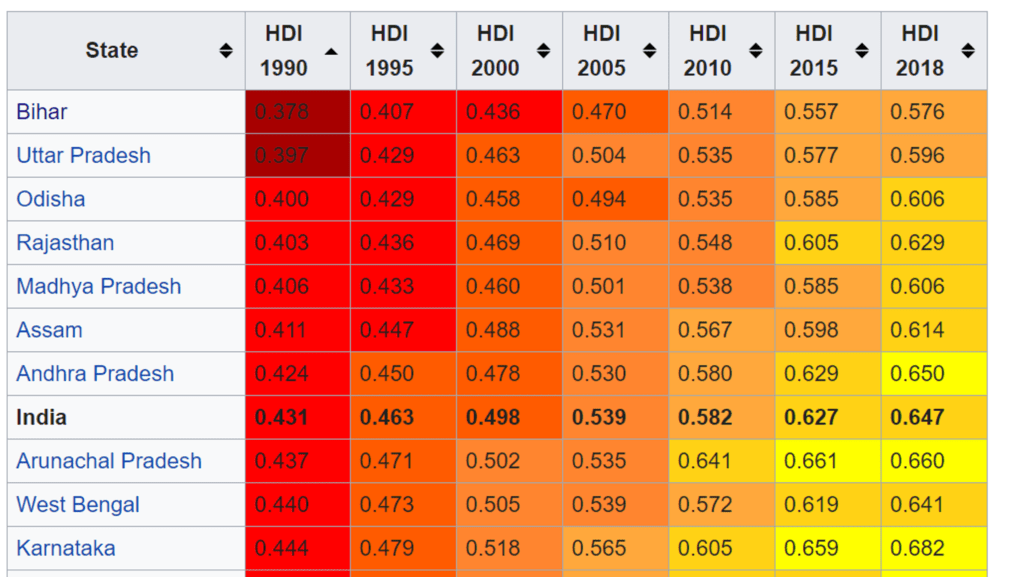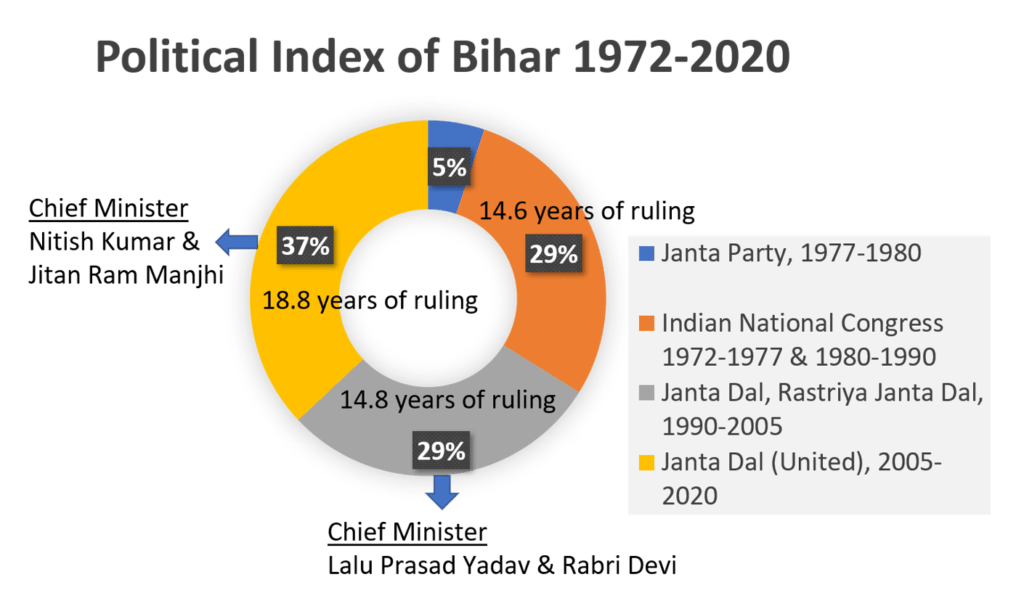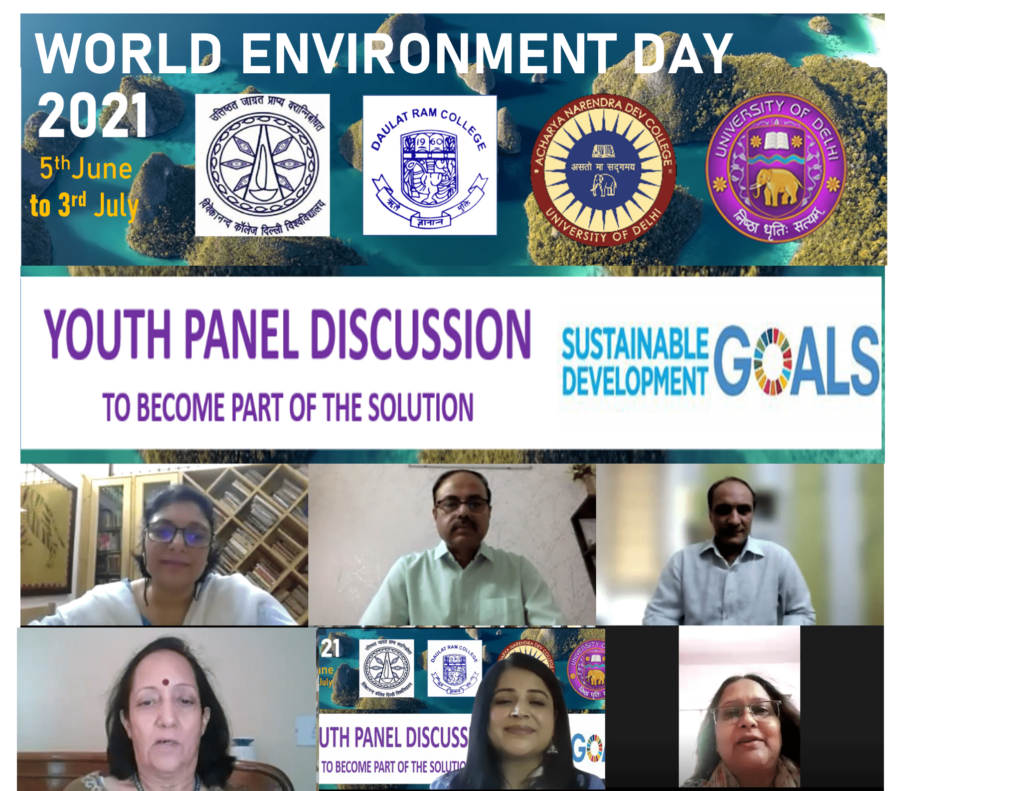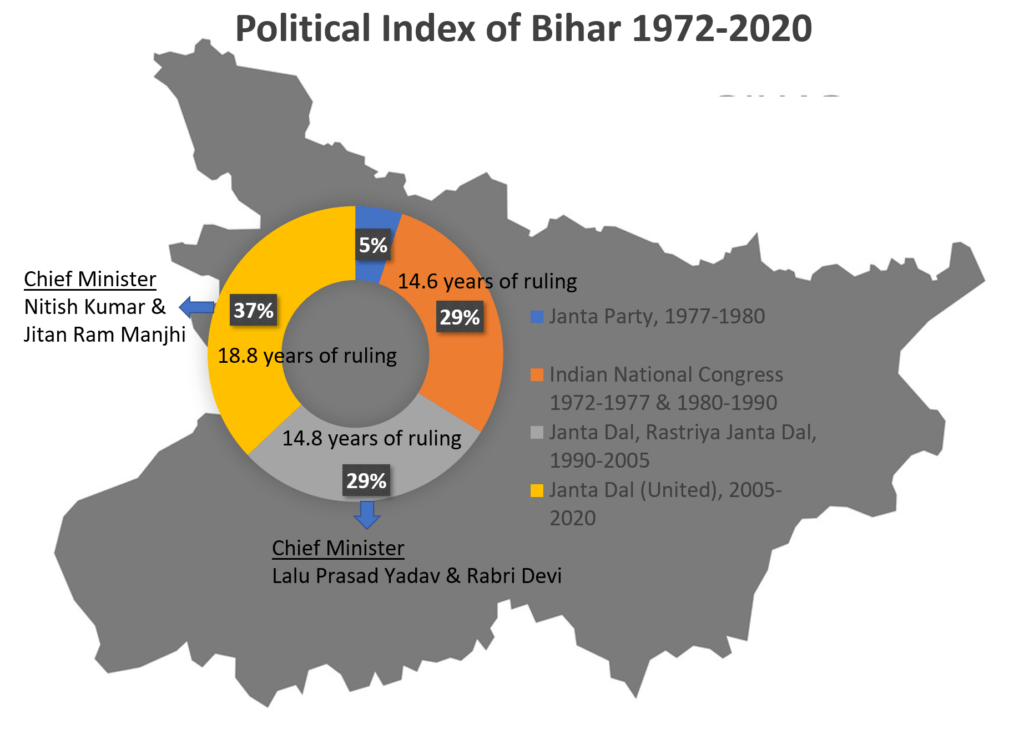Introduction
Covid-19 has changed the paradigm of basic functioning of migrant workers in India. The situation has completely exposed the vulnerability of working conditions of these workers. It’s been now clear that the way migrant workers were functioning is not going to be the same post Covid-19. The new normal way of life (till the vaccine comes in the market at least) such as ‘social distancing’ clearly indicates the new trend that work will become more local in nature and in their own state.
In this regard there are several unanswered questions about why state governments have not been able to utilize own their workers – who then have to leave their home state and face the inhospitable plight of being migrant workers.
A new narrative is emerging where workers themselves are becoming an indicator of state economic growth and prosperity. The workers will need to be accommodated and engaged strategically for the state’s growth and development work. This article will bring some insight on these issues using Bihar as a case study.
The following is an account which any non-resident Bihari will give..
Facts and figures about Bihar
Bihar being a place of Asoka and Budha, once known for its wisdom and knowledge; how it got transformed into today’s Bihar makes it an interesting case study. The state has been able to manage lowest human development index (HDI) at all India level consistently from 1981 to 2018 (figure 1&2)[1]. Going into the political index (an indicator of a state’s seemingly desirable long term political stability) of Bihar (Figure 3), it will be interesting to note that Bihar also has consistently been able to manage stable governments since 1980 and their smooth functioning throughout.
For almost four decades, the major ruling political parties are Indian National Congress, Janta Dal & Rastriya Janta Dal and Janta Dal (United). Therefore, definitely one cannot blame, what Bihar is today because of political unrest in the state and lack of smooth functioning of the government. In fact, the political stability theory suggests that the economies with high political stability has higher economic growth and development. In Bihar this theory has completely got void and nullified. Instead Bihar has given a new direction to the theory that how an economy can have stable government without doing anything significant on ground for their population. this interpretation clearly indicates the huge lack of basic education and awareness among the people, coupled with lack of vision and unwillingness among the bureaucrats and political leaders.
The state has the lowest GDP per capita in India which is below average of other Indian states and has highest unemployment rate at all India level. The service sector which runs in Bihar is mostly based on outsourcing, there is near nil manufacturing base and has very poor agriculture sector[2]. The state has the poor education system and worst health infrastructure, which is quite evident these days during COVID-19 time.



Way of life in Bihar
Bihar is a state, whose working class and young generation stay out of Bihar (1.7 million) and the major identified reasons are work/employment and education[3]. One of the recent studies also indicates that 50% of the Bihar households are forced to migrate within and outside of the country and majority of households depend on remittances for their livelihood back home[4]. Rest of the people who are regular resident are either old people, Govt. job holders or people who are surviving on several government schemes.
Being a researcher, it amazed me whom to blame? Weather it’s the state government who is not ready to own its own human resource or it’s the population who don’t want to own their own state. Migrant workers are just part of the population, where are others? To me it seems like, government is there to run several schemes in the state and limited identified sets of beneficiaries are there to get the so-called benefit. The questions which are still unanswered are— Where is the rest of the population? What is their responsibility? And last but not the least what is the state responsibility? These questions are food for thought for the state government and to the intellects to understand the basic gap which need to be fulfilled as a basic step towards economic growth and prosperity of the state
What is the current issue?
The issue is to make migrant workers resilient. Workers from Bihar (albeit true for anyone) are resilient when they are with family in their own familiar home space in their home state.
In Covid-19 situation, it’s been clear that they are vulnerable and their working conditions are not resilient therefore they want to go back home. Now, it’s important to note that 41 million migrant workers migrate within India from one state to another for their livelihood. The states which has highest migration rate is Bihar and Uttar Pradesh[5]. These migrant workers stay in filthy places where their quality of life is most of the time below human standards. Still on seasonal basis, these migrant laborer’s go back to their own respective places/states for agriculture purposes and to use their voting rights and then again come back to their regular working places/states. This is how from decades these workers are fulfilling their regular roles and responsibility towards their own state governments. Now it’s time for state governments to govern their workers as an asset and fulfill their responsibility towards them.
On humanitarian ground, it’s important for state governments to understand that the migrant workers want to go back home not only because they don’t have a job and nothing to eat, instead they want to go home to be there with their near and dear ones because that is what in given scenario make them more resilient. They want to be there where they belong to! No matter what, whether they will get food, livelihood or not but they want to be with their own people and their own state.
What needs to be done
Create a job creation module that is environmentally friendly, and smart. One idea can be to create ‘care’ workers. It can be noted if the industry creation plan is not environmentally sound – this will be a move from the frying pan into the fire. One of the first things which need to be done is to vehemently restructure the Indira Gandhi era legal and compliance structure. Replace it more district or even neighbourhood based governance modules.
In given scenario, it’s time for state governments to come with the robust and sustainable livelihood model for their human resources. For the time being government schemes can be used to keep them engaged which Uttar Pradesh has started doing it. But this cannot be the long-term strategy. It’s important to note that the long-term plan should be sustainable, resilient and at the local level based on the strength of the local people and resources available.
The detailed resilience and governance plan can be read in this article https://journals.sagepub.com/doi/abs/10.1177/0974929217725413
WARNING:
In the given circumstances, one of the worrisome situation which might arise, is that, in order to accommodate migrant workers, states like Bihar and Uttar Pradesh (states with highest migrant worker) might get into the business of setting up industries which will pollute our environment like never before and later humanity will be at stake!
Well having said that it’s important for governments to make environment impact assessment (EIA) and Social impact assessment (SIA) more stringent and put environmentalist and sustainability experts in the committees instead of lawyers and engineers which is the real time situation in most of the similar kind of committees in India.
[1] https://globaldatalab.org/shdi/shdi/
[2] https://www.prsindia.org/parliamenttrack/budgets/bihar-budget-analysis-2020-21
[3] https://censusindia.gov.in/Census_And_You/migrations.aspx
[4]https://www.iipsindia.ac.in/sites/default/files/news_documents/50PercentOfBiharhouseholdsexposedtomigrationStudyTimesofIndia.pdf
[5] https://censusindia.gov.in/Census_And_You/migrations.aspx











No Comments